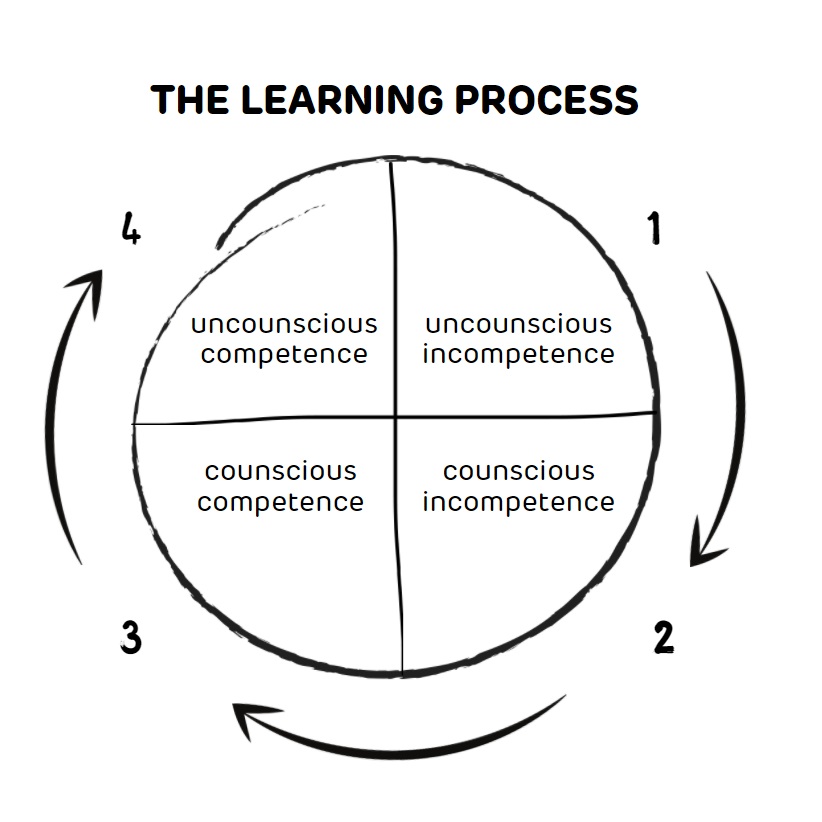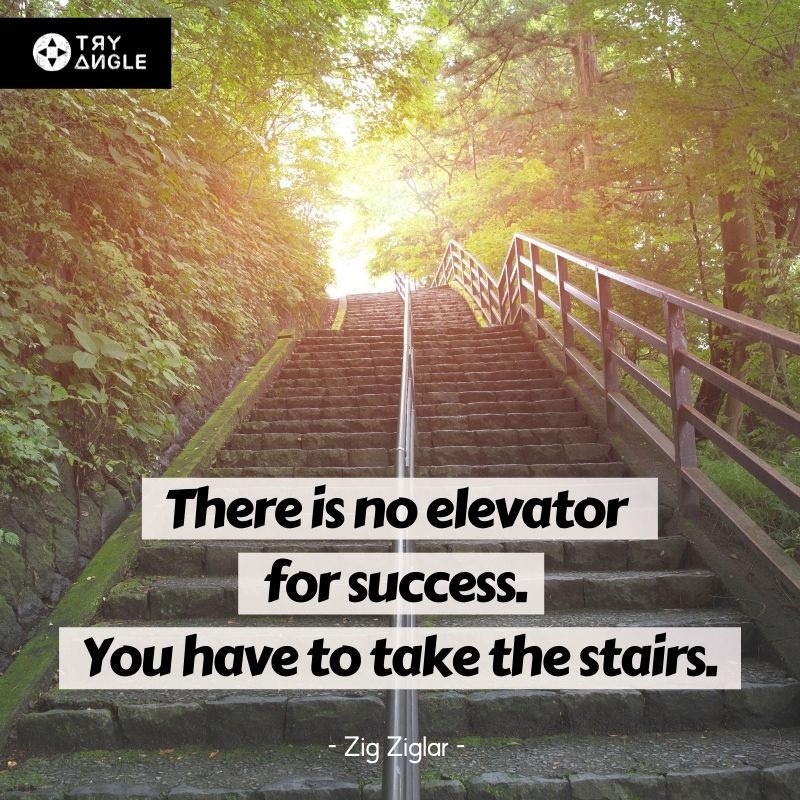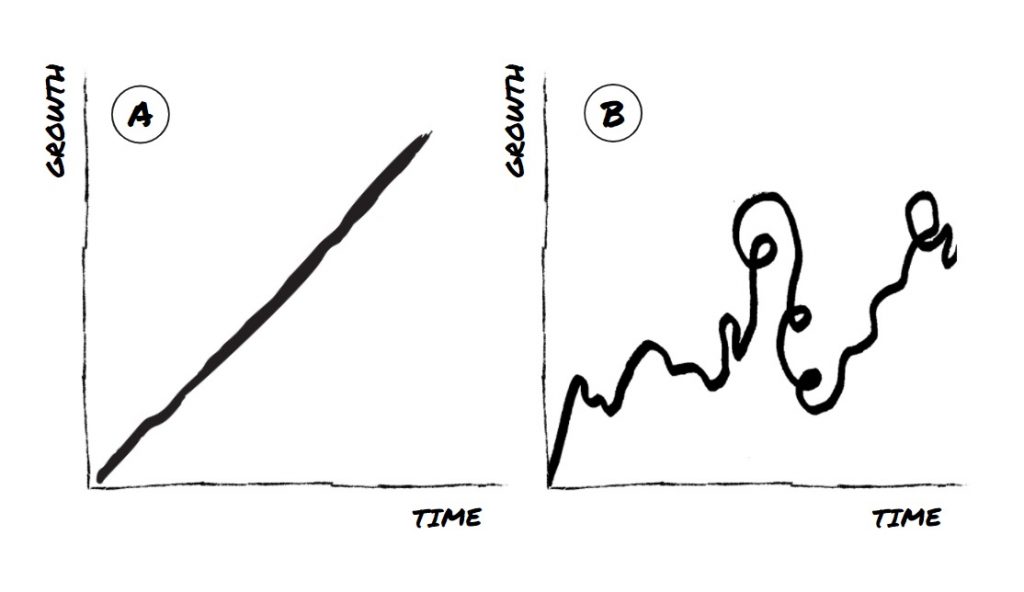 English
EnglishLearning how to grow
The question I hear most often during learning processes is undoubtedly: “Will I ever be able to do it?” If you are following a coaching program or participating in a training or workshop, it doesn’t matter. When we are learning, we all get to this stage where we start todoubt ourselves, our progress and the result. And contrary to what you might think: doubt is good! It makes you think and keeps you on track.
A number of tips from the trainer-coach can, of course, only be welcome in that phase so that you can grow from that doubt to the next certainty in your process.
Tip 1: Be aware of your learning process

Why do people go see a trainer or a coach? Because they have encountered a challenge! They have concluded that they need to do something and they don’t know how to do it, so they need a particular skill or knowledge. This determination is usually accompanied by an experience of a failure of some sort and considerable pain. And they tackle it by becoming consciously incompetent. They know they need or want to get better at something.
If you choose to become proficient in the matter, then this is where the learning process starts. In this phase you learn a lot in a very short time, but just as quickly you realize that there is also so much you don’t know yet and at this point, uncertainty can grab a hold of you. Thanks to self-reflection and feedback from others, this is how you shape your learning process. How the process unfolds is influenced by your preferred learning style.
Psychologist and education expert David Kolb states that you can have a preference for one of four learning styles: learning from experience, observation, conceptualization or experimentation. We often see people combining several approaches and hereby enriching the learning cycle. Nevertheless, this second phase in which you are consciously incompetent can often be discouraging, especially if there is not enough constructive feedback. A supportive trainer-coach is therefore very important at this stage, as well as courage and perseverance.
In phase three, through practice and experimentation, you begin to realize that you are integrating the knowledge and applying it in your own way. You practice like crazy and at the beginning of this phase you might still see more of your attempts fail rather than succeed. Here, too, that unpleasant feeling can arise that translates into a burning questioning: “Am I ever going to be able to do it?”
This is why support and growth feedback remain vital even at this stage. In order to be able to progress to the next stage, it is important that you use the new acquired skills as often as possible. This way, over time, you will automatically reach the phase where you are unconsciously incompetent in your new knowledge and skill. To illustrate this, just remind yourself of how you learned how to drive a car…
Tip 2: Be aware of needing to make an effort to learn
Unfortunately, there are plenty of people on this planet who think they can learn something in the blink of an eye and then publicly or painfully come crashing down because it turns out they have slightly overestimated themselves. During my years as an academic teacher, I have seen plenty of examples of this.


So let there be no doubt: learning definitely requires effort. However, talent does have an impact and this means some learning journeys require more effort than others. Each of us has a unique set of talents which makes us more gifted at certain things than others.
Are you looking to grow as comfortably as possible? Make sure to further develop your talents instead of too much focus on turning around your weaknesses.
Tip 3: Be aware of your learning evolution
This third and last tip has to do with managing expectationst: know what you are getting yourself into and know that you don’t necessarily need to expect smooth sailing. More often than not ,the average learning path looks like graph B and not graph A, so adjust your expectations accordingly!



